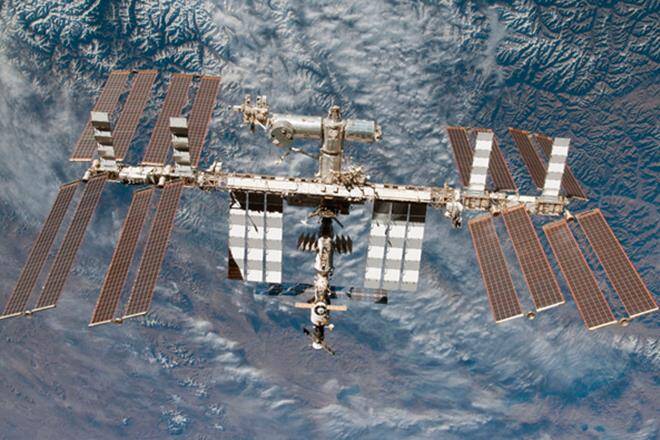It’s been two decades since The International Space Station (ISS) has orbited Earth. ISS made some possible scientific discoveries, which wouldn’t have been possible without this lab in the sky. Of course, with an excellent international crew of astronauts onboard.
Even though things were going well, its retirement date is now planned. Last week, NASA announced that the spacecraft would cease operations in 2031. Later, the ISS will get plunged into the South Pacific Ocean.
The decommissioning of the ISS is undoubtedly a technical move from NASA, and this will help provide opportunities for future deep space exploration.
Let’s have a brief look at some of the details on On International Space Station:
Get to know ISS better!
We can also say that the ISS is the brainchild of former US president Ronald Reagan. The International Space Station got proposed in 1984, and it’s known as a permanently inhabited spacecraft.
From 1998 till 2000, the space station was fully built piece by piece. What also carried those on board many space shuttles. Also welcomed the first crew on 2 November 2000.
We can discuss the span of the last more than 20 years. Over 200 astronauts and cosmonauts onboard the ISS in that span. The astronauts belonged to 19 different countries, and they onboarded the space station at other points in time.
In NASA’s words:
“The International Space Station is a unique laboratory that is returning enormous scientific, educational, and technological developments to benefit people on Earth and is enabling our ability to travel into deep space.”
Let us give you a more perceptible definition. The ISS is an artificial satellite in low Earth orbit, and astronauts can also stay for months and conduct scientific research.
The ISS is an international collaborative project. It includes:
- NASA (the USA)
- Roscosmos (Russia)
- JAXA (Japan)
- ESA (Europe)
- CSA (Canada).
The ISS serves as a microgravity and space environment laboratory. It is entirely used for research in multitudes of fields, including astrobiology, astronomy, meteorology, and physics.
The ISS weighs about a million pounds on Earth, and it is approximately the size of an American football field. The space station can accommodate a crew ranging upto six people, and ISS also has laboratory modules from the US, Russia, Japan, and Europe.
How will ISS retire:
NASA has recently presented the ISS Transition Report. It consists of its plans for the space station, including projects in the coming decade, including retirement.
What will now do the ISS’ re-entry into the Earth’s atmosphere in January 2031? This is now known according to NASA’s budget estimates.
The ISS mission control will start by lowering its altitude, resulting in higher velocity overall. Who would then maneuver the spacecraft to line up to its final target on the ground? The Target is the South Pacific Oceanic Uninhabited Area (SPOUA).
Near Point Nemo is also considered a space cemetery, and the reason is that most decommissioned space projects are precisely directed to. It is also located about 2,700km away from land. After a character in Jules Verne’s “Twenty Thousand Leagues Under the Sea,” it got its name.
The ISS was only meant to be operational for 15 years. In 2014, NASA extended its time in space, and the time got extended by another ten years.
NASA’s latest announcement will stay almost a decade longer than its tenure.
What after ISS?
The ISS will be now retired, and thus it will get replaced by:
“one or more commercially-owned and operated space platforms.”
Phil McAlister is a director of commercial space at NASA. He said in a statement that:
“the private sector is technically and financially capable of developing and operating commercial low-Earth orbit destinations, with NASA’s assistance.”
The space agency estimates to save $1.3 billion in 2031 alone. This transition now saves significant money, and well, what will also use that in NASA’s deep space exploration initiatives.


